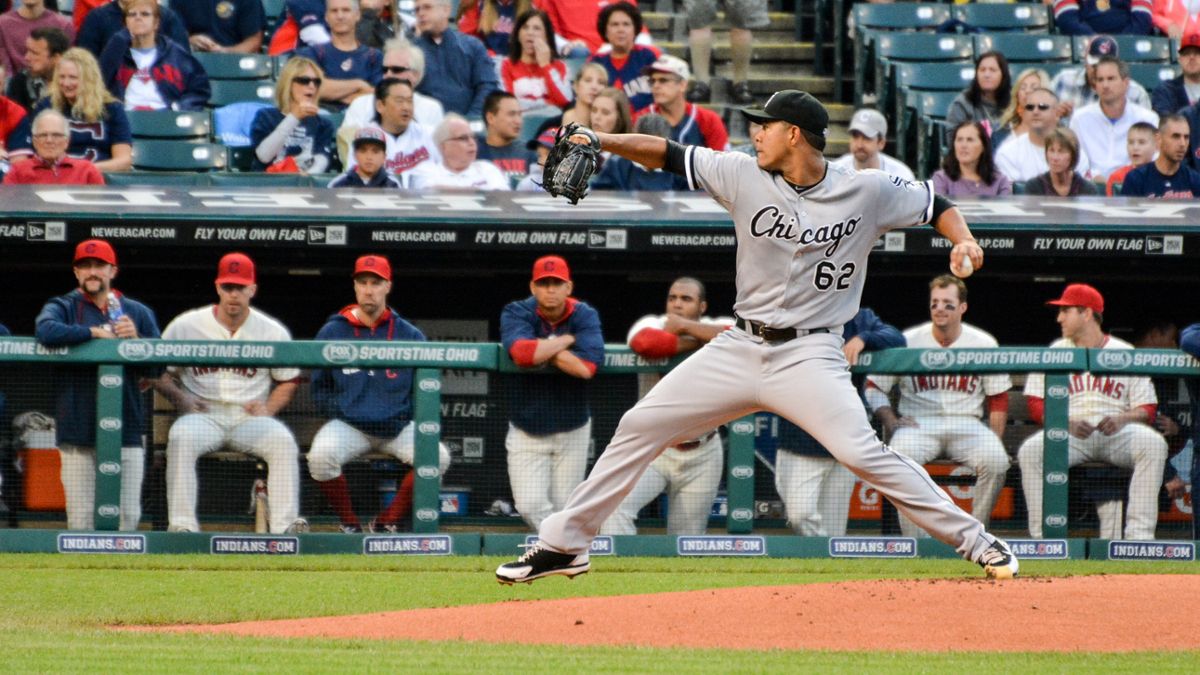D: Yaël. Did you hear I hit a home run during wiffleball yesterday? Ah, I always knew I should have gone to baseball’s big leagues…
Y: Uh, that’s a nice daydream, Don. But I think it’d be pretty hard to keep up with those pro athletes. Hitting a homerun against a fastball—or even a knuckleball!—sounds awfully difficult.
D: Not as difficult as you might think, because I’ve cracked the code! I know how knuckleballs work.
Y: Well sure. The pitcher throws the ball fairly slowly: around 66 miles per hour, which is about 40 miles per hour slower than the fastest fastball. He puts as little spin on the ball as he can. When the ball gets near the plate, it suddenly zigzags unpredictably. The batter doesn’t know where the ball will end up. Neither does the catcher—and neither does the pitcher himself!
D: But what exactly causes that erratic zigzag? Like any object flying the through the air, a baseball experiences lift and thrust. The thrust pushes the ball forward, while the lift keeps the ball airborne. Normally, a ball’s constant spin keeps its lift fairly stable. But if you throw a baseball at the right speed with just a tiny bit of spin, the ball—and its famous red seams—rotates only slightly. This small rotation of the seams causes the ball to lose its stable lift. When the lift becomes unsteady, the ball lurches wackily. And that’s a knuckleball!
Y: That’s some cool knuckleball physics, Don. I have to say though: you know why a knuckleball zigzags. But how does that help you actually hit one…?










